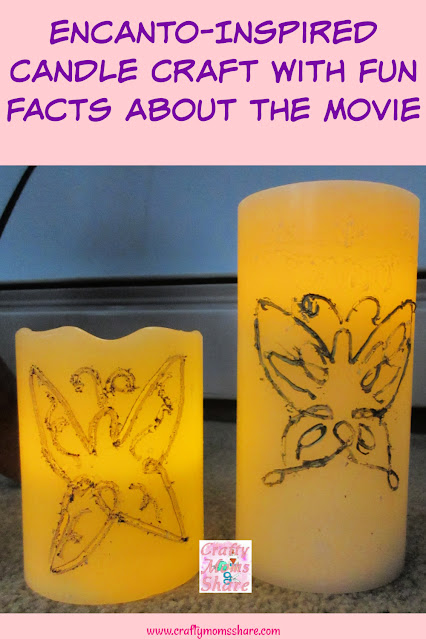Since Easter is almost here, I thought I would do a round-up of our Easter Around the World adding in a few more countries I hoped to share about as well. So sit back and travel the world with me. Since our first Around the World post was in South America, I thought we would start there.
- Easter in Argentina
 |
| Chocolate Egg Source: By Diegogabriel (Own work) [CC-BY-SA-3.0], via Wikimedia Commons |
- Easter in Colombia
 |
| Source: By Campoelias (Own work) [CC-BY-SA-3.0], via Wikimedia Commons |
- Easter in Ecuador
 |
| Fanesca Source: By Micah Yoder (Transfered from en.wikipedia.org) [Public domain], via Wikimedia Commons |
- Easter in Guatemala
- Easter in Haiti
During Holy Week in Haiti there are rara bands who take to the streets. Rara bands are like a club. The men and women in them wear colorful clothing and play instruments including handmade ones.The instruments include drums, bamboo, graters, horns and long metal cylinders like trombones. Their music is based on four notes, but they are able to produce many different sounds. See the Youtube Video above. The Rara bands travel the streets with dancers and everyone joins in. Rara bands also play during All Saints' Week in November.
 |
| Musician playing a Bamboo horn called Vaksen Source: By LombinodrAlfonso Lomba (Own work) [CC-BY-3.0], via Wikimedia Commons |
- Easter in Mexico
 |
| Palms for Sale Source: By Nindasofia24601 (Own work) [CC-BY-SA-3.0], via Wikimedia Commons |
 |
| Card sculpture of Judas used for the "Burning of Judas" at Easter Sunday in Mexico Source: By Wolfgang Sauber (Own work) [CC-BY-SA-3.0], via Wikimedia Commons |
- Easter in Peru
 |
| Our Lord of Earthquakes Source: By LopeHope (Own work) [CC-BY-SA-3.0], via Wikimedia Commons |
- Easter in Russia and Ukraine
- Easter in France, Portugal and Spain
- Easter in Sweden
- Easter in Germany, Hungary, Norway, and Poland
- Easter in Ethiopia
- Easter in Lebanon













